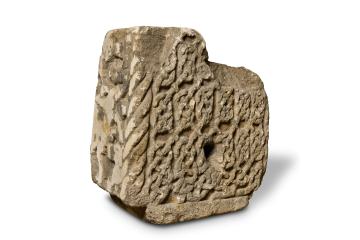Search
-
 ©
NMAG
©
NMAG
Anglo-Saxon Stone
Carved with typically Anglo-Scandinavian interlace, this stone was found reused in the Norman church of St Peters and may indicate an earlier 10th century church.
Anglo-Saxon 10th century (900s) Roman and Early Medieval
